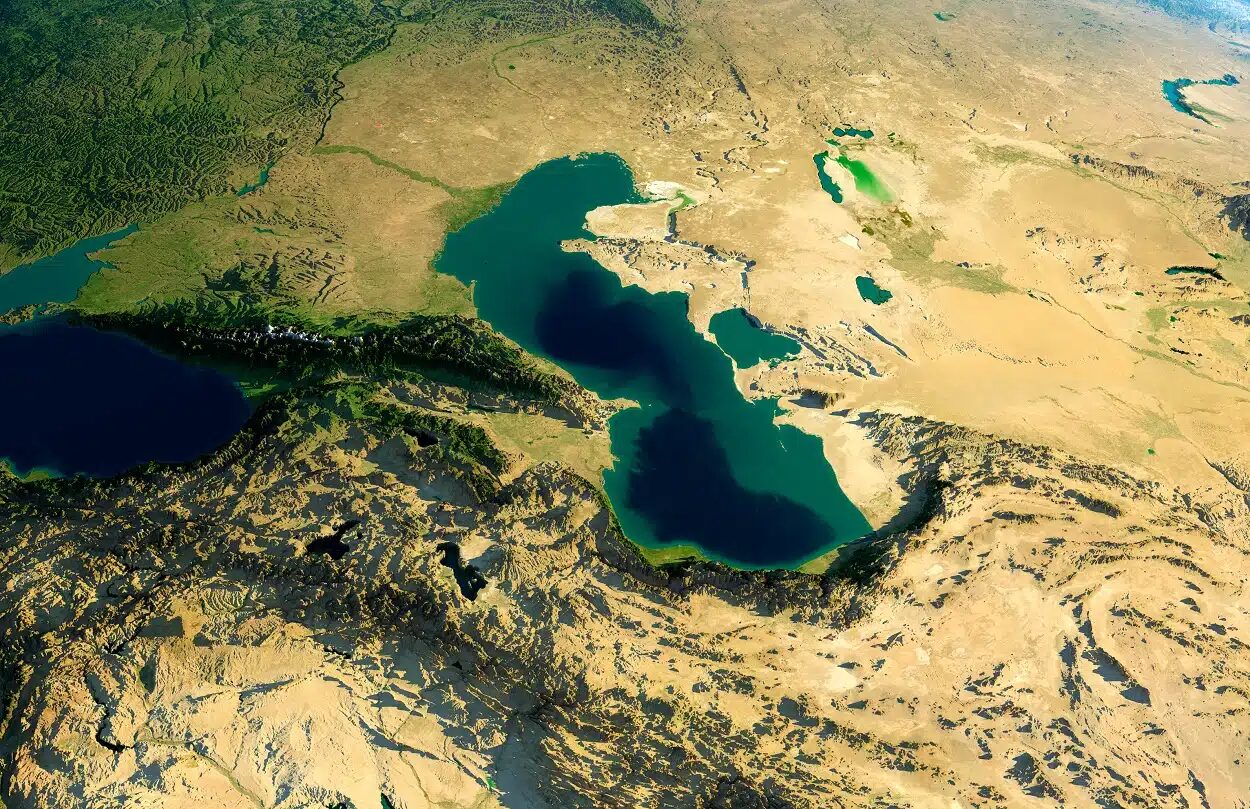
© ShutterstockCaspian Sea
A new study suggests that the knowledge for producing ceramic vessels arrived in Europe not only from the Middle East, but also from the Far East through Siberia and the Caspian Sea region.
Examples of pottery figurines, such as the Gravettian culture Venus of Dolní Věstonice figurine, discovered in the Czech Republic, date to around 29,000-25,000 BC, however, the earliest examples of pottery vessels come from China around 20,000 to 19,000-years-ago.The prevailing view among scientists was that the knowledge for producing ceramic vessels arrived in Europe, with the advent of agriculture from the Far East via the Middle East.
However, the new study now suggests that that the ability to produce ceramic vessels also appeared in the north-eastern corners of the European continent from
Western Siberia and the region of the Caspian Sea, where the oldest vessels date back to around 5,900 BC In the northernmost part of Eastern Europe at the Pezmog archaeological site.
"In Europe, i.e. around the Baltic region, where Mesolithic pottery occurs, the origin of vessels is complex. Its appearance is dated to c. 4,700 BC and is believed to be the result of both Early Neolithic and secondary influences from the East," said Dr. Hab. Agnieszka Czekaj-Zastawny from the Institute of Archaeology and Ethnology of the Polish Academy of Sciences.
A team of scientists, including academics from the University of York and the British Museum, as well as from Poland, analysed the remains of over 1,200 pottery vessels from 156 sites associated with hunter-gatherer communities in nine countries of Northern and Eastern Europe.
The study found that
the ability to produce pottery penetrated from Siberia and the Caspian Sea to north-eastern Europe from about 5,900 BC, over the lifetime of possibly a single generation. The rapid dissemination of knowledge was possible not through migrations and population movements, but rather through the exchange of ideas between communities living next to each other.
Aryans disturbed by catastrophe